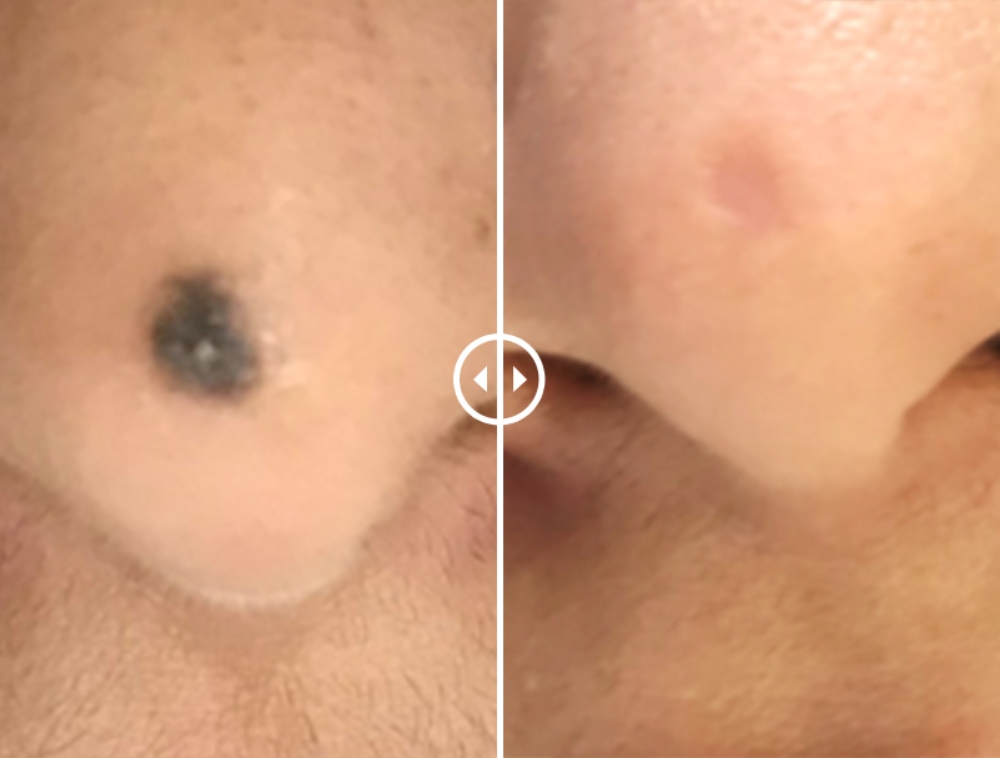Moles
What is Mole removal?
Mole removal is a procedure to remove unwanted moles from the skin. Moles are clusters of pigmented cells that can vary in size, shape, and colour.

Why would someone consider mole removal?
One may consider mole removal for cosmetic reasons if the mole is unsightly, or if it causes discomfort due to rubbing against clothing or jewelry. Additionally, mole removal may be recommended if a mole shows signs of potential malignancy or if it poses a risk of developing into skin cancer.
How is Mole removal performed?
Mole removal can be done through various methods — surgical excision, shave excision, laser removal, and cryotherapy (freezing). The method chosen depends on factors such as the size, location, and type of mole, as well as the patient’s preferences and the physician’s recommendations.

Mole care apart
What sets our Mole care apart?
We at Skinaid are aware of the nature of Moles, and our experts develop custoised treatment plans based on various factors. We offer optimum and advanced solutions by using the latest technologies, such as laser therapy. We also prioritize patient education, offering insights into Mole treatment.
Questions
FAQs
Is mole removal painful?
The level of discomfort experienced during mole removal depends on the method used and the individual’s pain tolerance. Local anesthesia is typically administered to numb the area and minimize discomfort during the procedure.
What is the post-treatment recovery process?
The recovery process varies depending on the method of mole removal. Patients may experience redness, swelling, and mild discomfort at the removal site, which usually resolves within a few days to a couple of weeks. It’s important to follow post-procedure care instructions provided by the care-expert to promote healing and minimize the risk of complications
Does Mole removal leave a scar?
Scarring may occur after mole removal, especially with surgical excision. However, the extent of scarring depends on factors such as the size and depth of the mole, the removal method used, and individual healing characteristics. In many cases, scarring is minimal and fades over time.
Are there any risks or complications associated with mole removal?
Possible risks and complications include infection, bleeding, allergic reactions to anesthesia or post-procedure medications, scarring, and recurrence of the mole. These risks can be minimized by choosing a qualified and experienced healthcare provider to perform the procedure.
Can moles grow back after removal?
While moles that are completely removed are unlikely to grow back, there is a small possibility of recurrence if any residual pigmented cells remain in the skin. Regular skin checks and follow-up appointments with a dermatologist are recommended to monitor for any changes or signs of recurrence.

